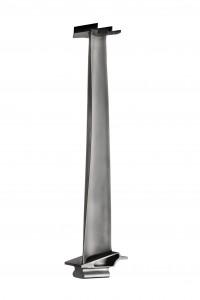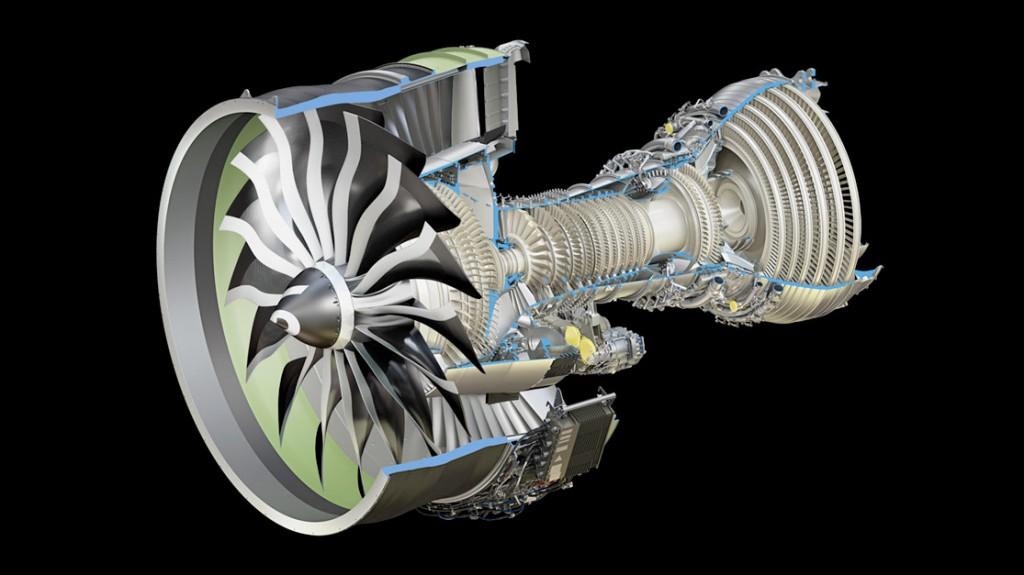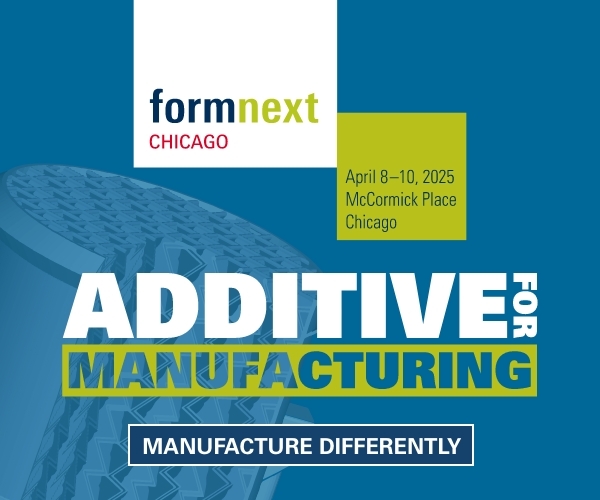If one company should be considered the leader within the metal additive manufacturing space, that company should be General Electric. GE has been utilizing laser sintering to 3D print components for their jet engines for quite a while now.
“We are on the verge of the next industrial revolution,” said Christine Furstoss, Technical Director of Manufacturing and Materials at GE Global Research “The physical and digital worlds are converging — technology enabling disruption (and) all of us have a role to play.”
General Electric has already made significant headlines when they 3D printed metal fuel nozzles for their Leap jet engines. In doing so, they turned nozzles which consisted of 20 different parts put together, into ones which were 3d printed, layer by layer as a single piece. The fuel nozzles were lighter and could withstand extreme temperatures, saving the company a significant amount of money in the process.
Since they initially began printing these fuel nozzles, the company has invested heavily in additional facilities, both in the United States and India, based around additive manufacturing. In fact, just last month they announced plans for a new factory in Alabama which would be used to mass-produce jet engine parts via additive manufacturing techniques.
GE is a main supplier of jet engines for Boeing, including the upcoming GE9X engine, which according to GE will be ‘the most advanced fuel-efficient commercial aircraft engine ever built’. The GE9X will be the driving force behind the new Boeing 777X, the next evolution of the 777, which will begin production in 2017, and is expected to see its first delivery to an airline sometime in 2020.
General Electric has already begun to research ways in which they can construct the low pressure turbines (LPTs) for the new GE9X engines, via additive manufacturing methods. The recent acquisition of Avio, an Italian firm acquired last year, seems to lend further evidence to the idea that GE will in fact be using 3D printing in the production process of these turbine blades. Since being acquired, Avio has opened up a massive 20,000 square foot facility dedicated to the additive manufacturing of engine components, using an electron beam sintering process via a bed of metal powder.
If and when GE begins additively manufacturing these LPT blades, they will likely be produced from a titanium aluminide powder, a strong, light-weight material which is traditionally very difficult to work with. From an 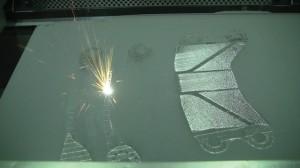 additive manufacturing perspective, however, it is much easier to produce parts with then with casting. While most major manufacturers are not close to being ready to begin producing incredibly important parts for products which must work perfectly, like that of an aircraft engine, General Electric has been doing so for years.
additive manufacturing perspective, however, it is much easier to produce parts with then with casting. While most major manufacturers are not close to being ready to begin producing incredibly important parts for products which must work perfectly, like that of an aircraft engine, General Electric has been doing so for years.
“We could go crazy. I could talk about 50 parts and applications we’re looking at and get everybody really excited about it, but we’re trying to be very controlled about where we feel we have our arms wrapped around it,” says Greg Morris additive manufacturing leader at GE. “We have years [or] decades before people accept it like they accept it like a casting today.”
One of the reasons GE has been so successful over their long history, is the fact that they are usually among the first to adopt new processes and technologies within an industry. Additive manufacturing surely will be a huge part of GE’s long term manufacturing plans.
Let’s hear your thoughts on GE’s continued use of 3D printing within their manufacturing processes in the GE 3D printed turbine blade forum thread on 3DPB.com.
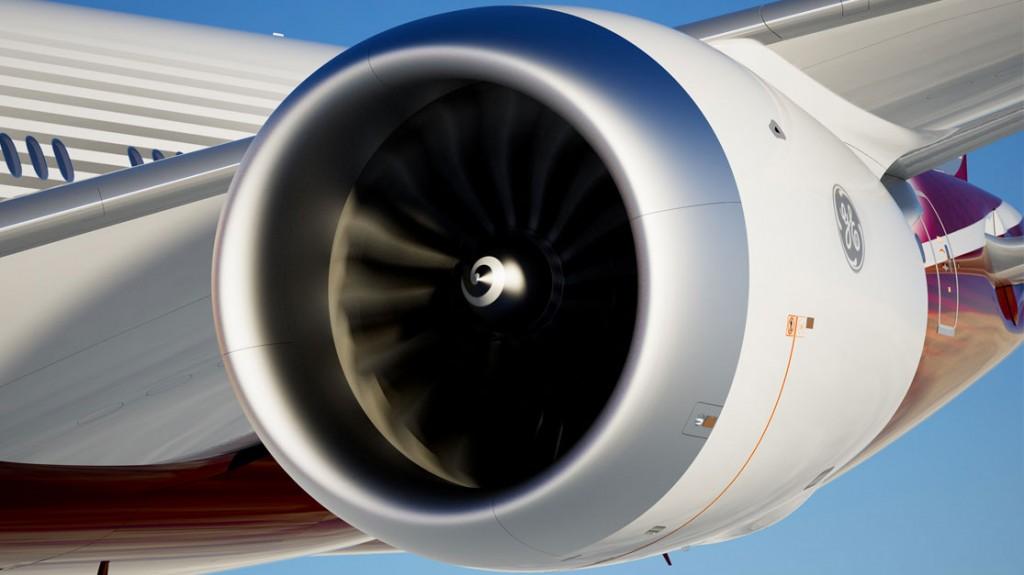
[Source: FlightGlobal.com]
Subscribe to Our Email Newsletter
Stay up-to-date on all the latest news from the 3D printing industry and receive information and offers from third party vendors.
You May Also Like
NSF Awards Kentucky $1M for Advanced Manufacturing
The National Science Foundation has awarded a $1 million grant to the University of Louisville for the Advancing Manufacturing and Building Construction Technologies (NSF AMT) project. This initiative is part...
3D Printing News Briefs, May 11, 2024: 3D Printed Stent, Tower, Sculptures, & More
We’re starting off with medical research in today’s 3D Printing News Briefs, as researchers in Korea used CT images and 3D printing to fabricate an educational simulator for a mastoidectomy....
3D Printing Unpeeled: Wind Turbines, Probiotics and Lenses
TPI Composites, ORNL and Ingersoll Rand are working to make wind turbine tooling segments that can be 18.3 meters long. These elements also include resistive wires that help keep the...
Tethon 3D Releases Cost-effective Bioprinter
Tethon 3D, known for its ceramic-loaded DLP materials, custom resins, and DLP 3D printers, has recently released a bioprinter. Vat polymerization printers like DLP systems have been widely used by...


